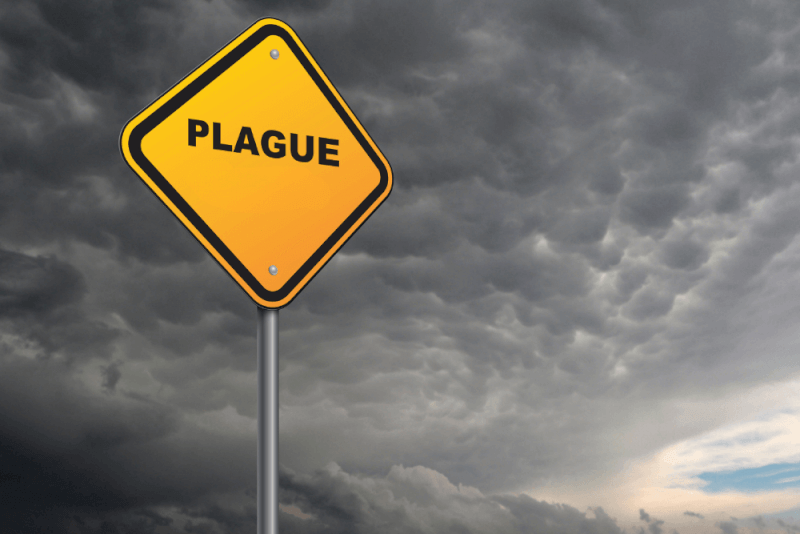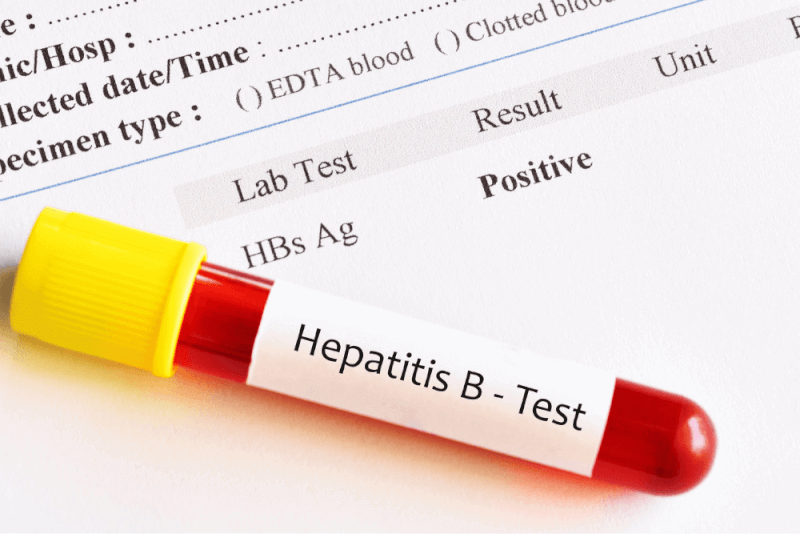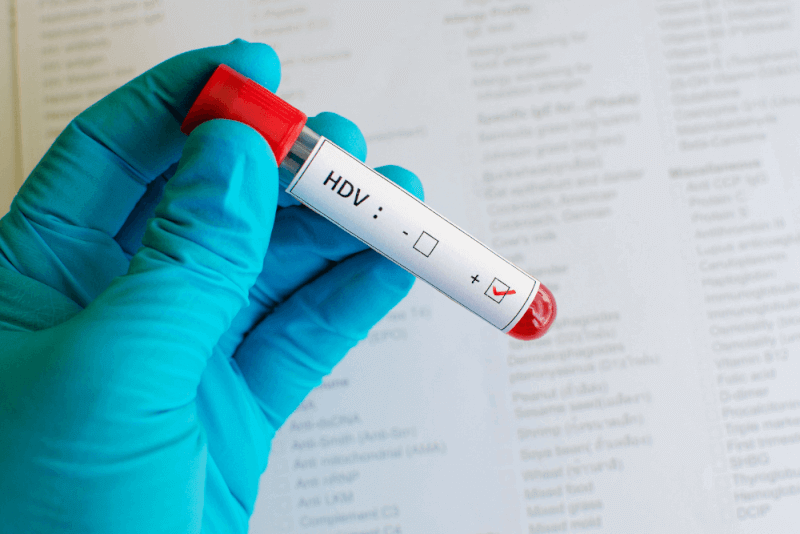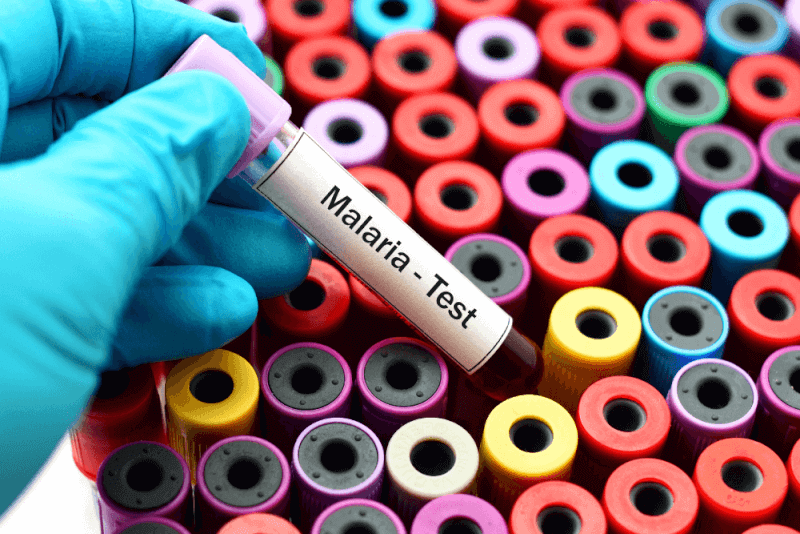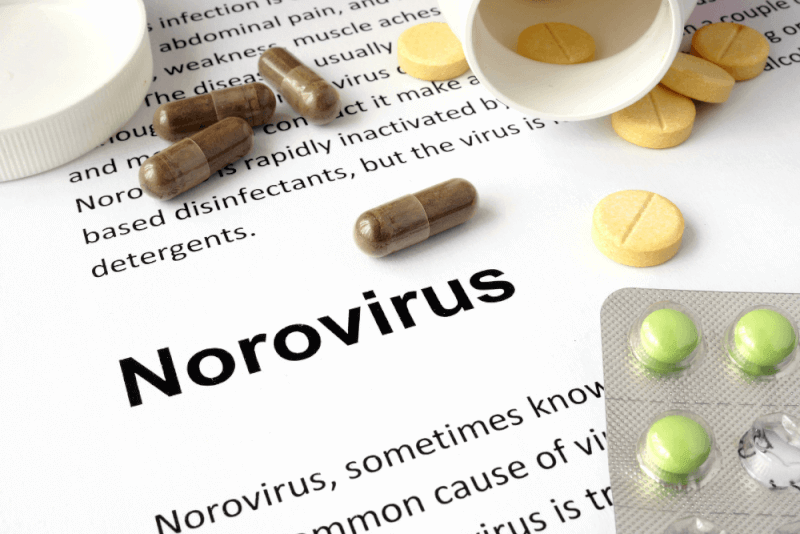What is the Plague?
The plague is a zoonotic disease caused by the bacterium Yersinia pestis. It is a disease that can be transmitted from animals to humans, typically through fleas that have bitten an infected animal.
Types of Plague
There are three different types of plague, determined by the area of the body affected by the bacteria. When the lymph nodes are affected, it is known as bubonic plague. If the bacteria enter the bloodstream, it is referred to as septicemic plague. When the lungs are affected, it is called pneumonic plague.
Bubonic Plague
Bubonic plague is the most common type of plague. It responds quickly to antibiotic treatment, and 95% of patients survive. Bubonic plague causes one or more lymph nodes to swell and become painful, usually near the site of the flea bite.
Septicemic Plague
Septicemic plague occurs when the bacteria enter the bloodstream. This form of plague can cause tissue death, leading to gangrene and organ failure. The transmission routes of septicemic plague include:
- Flea bite
- Contact with the body fluids of an infected animal
- Secondary infection
Pneumonic Plague
Pneumonic plague is the least common type of plague but also the most dangerous. It can spread from person to person through coughing and sneezing. It can also be transmitted through close contact with infected animals or secondary infections. Pneumonic plague causes severe pneumonia and respiratory failure. If not treated, it can lead to death within a few days.
Diagnosis Methods for the Plague
The characteristic sign of bubonic plague is swollen and painful lymph nodes, known as buboes. The presence of a flea bite can lead to suspicion of the plague. Therefore, it is important to ensure that the following points are covered during the diagnosis examination:
- Living in or traveling to an area where plague infection is present
- Being bitten by a flea
- Identifying animals that may be infected
- One or more painful lymph nodes
The diagnosis of plague is confirmed by a culture test of fluid samples taken from the saliva or lymph nodes.
Symptoms of the Plague
The symptoms of the plague vary depending on the type, but some symptoms are common. Possible symptoms of the plague include:
- Fever
- Chills
- Headache
- Body aches
- Weakness
- Fatigue
- Dizziness
- Nausea
- Vomiting
- Diarrhea
- Swollen, painful lymph nodes
- Abdominal pain
- Bleeding from the nose, mouth, or under the skin
- Shortness of breath
- Chest pain
- Cough
- Bloody or watery mucus
Causes of the Plague
The plague is caused by the bacterium Yersinia pestis. Some animals carry this bacterium, and transmission to humans usually requires flea or lice bites. The ways in which the plague spreads include:
- Being bitten by a flea or lice
- Touching the body fluids of an infected animal
- Pneumonic plague can spread from person to person through the air
Animals that Carry the Plague
It is often believed that rats are the primary carriers of the plague, but many animals carry the bacteria that cause it. These animals include:
- Rodents
- Small mammals
- Domestic cats and dogs
- Deer
- Camels
Treatment Methods for the Plague
The plague must be treated quickly with antibiotics, which can be administered intravenously or orally. Depending on the symptoms, antibiotic treatment may begin before test results are available.
Medications Used in Plague Treatment
The antibiotics used in plague treatment include:
- Ciprofloxacin
- Levofloxacin
- Moxifloxacin
- Doxycycline
- Antibiotic
- Streptomycin
- Chloramphenicol
- Trimethoprim-sulfamethoxazole


